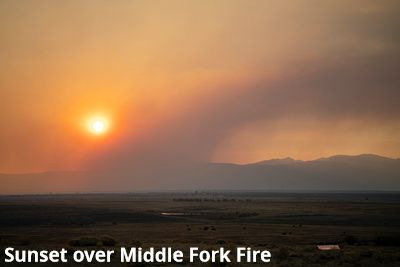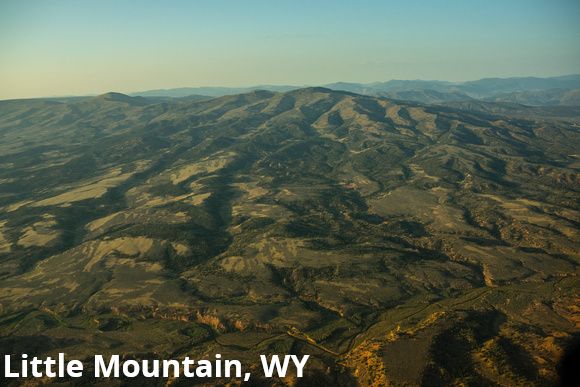
Captain’s Log Starship 1XE, Day 5 in the month October, Earth Calendar year 2020.
Flying an airplane can be most challenging. As can navigating, aviating, filming and talking to the camera in the cockpit, all at the same time. Add in finding a suitable place to land to throw down a sleeping pad, another new ‘flying’ challenge during the time of COVID. And then of course it is all about decision making. So, on a lovely fall day we took off for a flight that, at the outset, seemed very straightforward. A flight to Jackson County in Northern Colorado to see where oil wells are pumping oil and flaring off most of the natural gas that comes up with it, if not all of it. The town of Walden sits in North Park, an isolated and beautiful part of the state with abundant wildlife and some of the state’s most pristine waters and open space; a wild landscape that is sometimes called the Serengeti of Colorado. And unfortunately, it is now a land populated by oil rigs.
This was a quick response mission, requested earlier that week, to obtain photos and video of the flaring to be utilized in an upcoming rulemaking session that will (hopefully) direct the state commission to curb methane pollution to protect public health, safety, welfare, the environment and wildlife. Images along with this 1-minute video showing flares will also be used to encourage the public to comment on the rulemaking process before the fast-approaching deadline. For a number of days we had been grounded, as smoke from a series of fires, which literally surrounded our overflight coordinates, made visibility for filming less than ideal and in fact, on one day, made flying impossible. We watched the winds aloft and waited for an opportunity where the smoke might not be as bad, knowing though that time was of the essence to get this footage. Flying over the golden carpet of aspen trees, like I said, all seemed very straightforward.

As we approached the ring of mountains surrounding North Park it was obvious that it was not going to be straightforward. A billowing plume of smoke soon took on the appearance of a series of explosions near our destination at the Walden-Jackson County Airport.
Our plan was to wait till around sunset and fly our mission, hoping the night skies and the flaring of the wells would provide a vivid contrast and highlight the issue. Natural gas is a byproduct of the oil-producing wells. It is much more economical for the companies to flare off this excess byproduct than to capture it and use it. This unfortunately produces hydrocarbons, with methane being the primary component, contributing to ozone pollution, toxic air pollution and regional haze.
We spent the afternoon using a drone to capture footage and then had to decide whether or not to fly home, as the fires were encroaching. Decision time. Especially when I looked at the current map which showed the Temporary Flight Restrictions for firefighting. Earlier in the day there was a clear path for 1XE and lots of ‘wiggle’ room between these TFRs for the three fires to the north, west and east of us but when I looked again that path had narrowed significantly.

As the sun set and the smoke from the fires made for spectacular photography we decided to hunker down in a backyard, throw up the tent and throw our fates to the winds aloft. As I drifted off to sleep, I could see the flames on the nearby ridge tops.
It turned out to be an extremely cold night but we were greeted in the morning by clear skies as the winds blew in our favor and the TFRs remained in place – giving us just enough time to get the images in time for our partner organizations’ deadline.
As I departed south, I looked back and saw the blaze that was burning just north of us in southern Wyoming. In this busy flying season, it seemed like ages ago, but really just a few weeks had passed since I had flown with the Republican Governor of Wyoming, Mark Gordon. Full disclosure, no relation. The issue at hand was the state’s hunters and anglers trying to keep drilling out of the Greater Little Mountain area of Wyoming on the border of Utah and Colorado. This high desert ecosystem is known by locals and visitors alike as one of the most sought-after areas for big game hunting tags. Its 130+ miles of stream provide great fisheries for Colorado River cutthroat trout. We also flew Senator Barrasso’s staff; Barrasso is the chair of the Senate Republican Conference.
After those flights I had to laugh as the Governor, and later Senator Barrasso’s staff, gathered around my tent and sleeping pad for excellent bipartisan discussions,
It was, to say the least, interesting.
Bruce Gordon